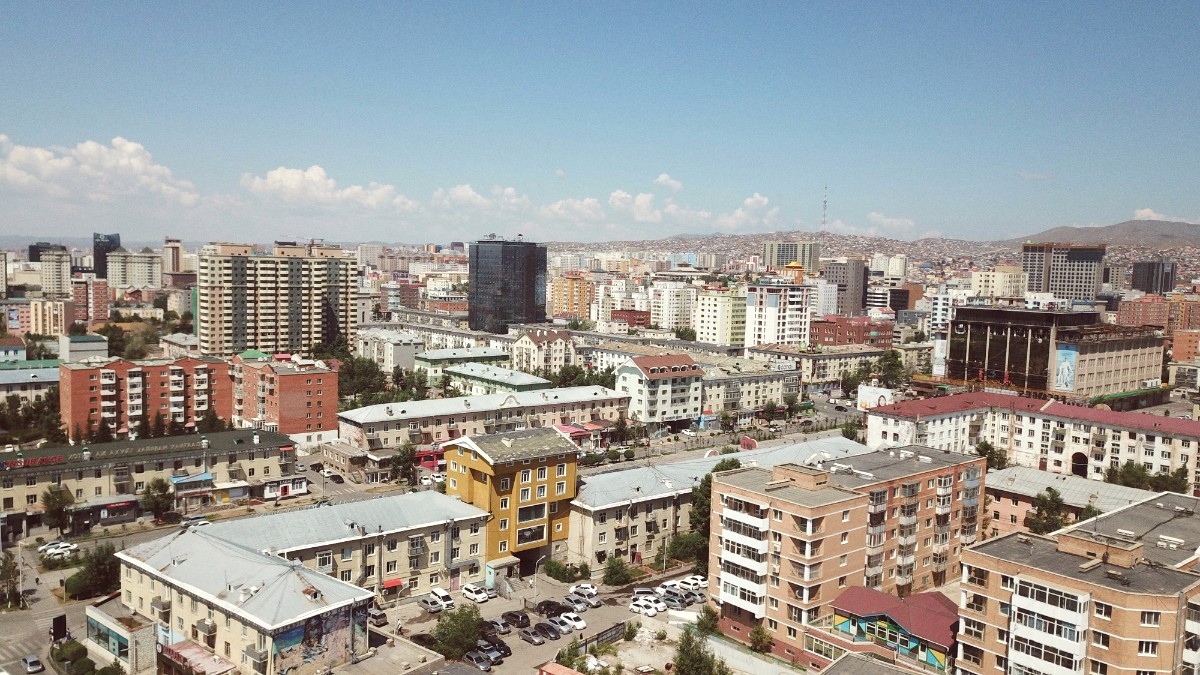
Mongolia
Ulaanbaatar's public transit network consists mainly of an extensive system of public buses and trolleybuses. These vehicles cover most of the city's main routes and residential areas. Ulaanbaatar does not have a metro, tram, or light rail system. The bus network is the backbone of urban transport.
Route maps are available online. Major transportation hubs and intersections are generally along Peace Avenue, which runs east-west through the city center, and around Sukhbaatar Square. These areas serve as transfer points for many bus lines.
For real-time bus routes, estimated arrival times, and directions.
Buses can be very crowded during peak commute times.
Be vigilant about pickpockets in crowded buses; keep valuables secure.
Available from international (Hertz Mongolia) and local agencies. Requires national license, IDP, and credit card. Self-driving outside UB is generally not recommended.
Less common for tourists; city traffic is congested and less ideal for two-wheelers.
Available from guesthouses/shops. Limited cycling lanes; city traffic can be hazardous. Best for experienced urban cyclists or parks.
For rural travel, a robust 4x4 with an experienced local driver is standard and practical.
Acquire an Ulaanbaatar Smart Card immediately for efficient public bus travel.
Use UBCab or InDriver for convenient and tracked taxi services.
For countryside exploration, a hired 4x4 with a local driver is advised.
Ulaanbaatar provides options for pedestrians and cyclists, with considerations for infrastructure and safety.
Ulaanbaatar’s infrastructure is generally not designed for accessibility.
Public transportation is largely inaccessible for mobility challenges.
Travelers with mobility needs may arrange assistance through dedicated tour operators.
These organizations provide tailored advice and accommodations.
Operators can arrange accessible vehicles for a comfortable travel experience.
This approach makes travel more feasible for all visitors.
Ulaanbaatar offers varied transport modes.
For rural exploration, specialized vehicles with local drivers are the most practical solution.